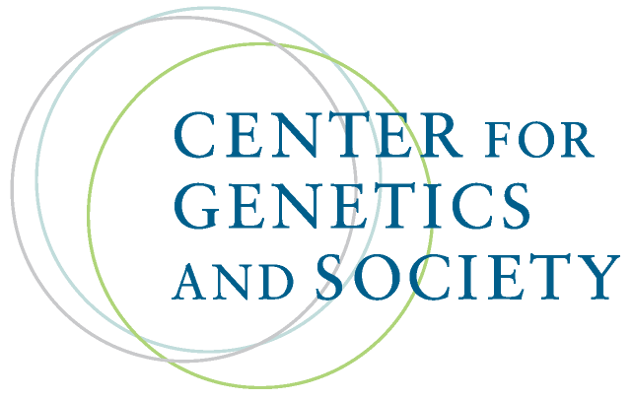What Do We Do With the Science of Monstrous Men?
By Daniel Engber,
Slate
| 07. 31. 2018
On May 18, W. French Anderson, known as the “father of gene therapy,” was released from prison on parole. Two weeks later, the 81-year-old scientist, pediatrician, and ex-con welcomed science writer Sharon Begley to his home in California for several days of interviews, which he gave with a GPS tracking device encircling his ankle. “This is what it has come to for a world-renowned scientist who was convicted of sexually molesting a colleague’s young daughter,” she writes at the top of her warm, weird, and at times outrageous profile for STAT last week.
There’s been a lot of talk, in recent months, about the legacies of monstrous men in the arts. We’ve reviewed the benefits and risks associated with their public shaming. We’ve re-appraised their prior work. We’ve wondered whether prodigious talents should be allowed to re-emerge and keep creating; and then we’ve theorized that our love of second chances enabled them from the start. Much less consideration has been given to the Monstrous Men in Science—the sundry research “pioneers” and “geniuses” who have turned out to be abusive bullies...
Related Articles
By Liyan Qi and Jonathan Cheng, The Wall Street Journal | 03.26.2025
photo via Wikimedia Commons licensed under CC by 3.0
Chinese scientist He Jiankui set off global outrage and landed in prison after he skirted ethical guidelines and claimed he had produced genetically modified babies designed to resist HIV infection.
Now, the self-styled ...
By Carsten T. Charlesworth, Henry T. Greely, and Hiromitsu Nakauchi, MIT Technology Review | 03.25.2025
Why do we hear about medical breakthroughs in mice, but rarely see them translate into cures for human disease? Why do so few drugs that enter clinical trials receive regulatory approval? And why is the waiting list for organ transplantation...
By Anna Louie Sussman, The New York Times | 03.25.2025
On June 24, 2022, the same day the Supreme Court issued its decision in Dobbs v. Jackson Women’s Health Organization, I received a call from the fertility clinic where I’d been undergoing in vitro fertilization, informing me that seven of...
By Michael Gibney, PharmaVoice | 03.20.2025
The death this week of a teenager receiving Sarepta Therapeutics’ gene therapy Elevidys for Duchenne muscular dystrophy is a tragic reminder of the stakes involved in cutting-edge biotech innovation.
While gene therapies like Sarepta’s offer an opportunity to treat and...



